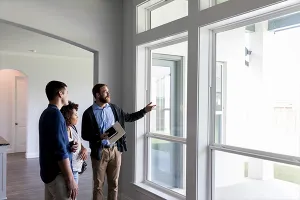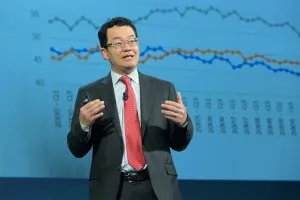

The Market Center at Harvest Green
Imran Bhaidani, B&P Team Leader, Keller Williams Southwest, Metro Houston
In Imran Bhaidani’s telling, the 7.4-acre site had it all: Sidling up to a bustling arterial, the vacant parcel would be the gateway to a new phase of Harvest Green, a 2,000-acre, award-winning community planned around a working farm in the most sought-after quarter of metro Houston. The property’s visibility was further supercharged by being across from a 1,200-student middle school and a stone’s throw from a high school of 2,500.
But the site also presented challenges. It sits in an “extra territory” jurisdiction just outside the city of Richmond, in Fort Bend County, making any project subject to multiple regulatory requirements. And then there were the exacting standards of developer Johnson Development and the community’s architectural review committee, charged with enforcing the neighborhood’s “modern agrarian” theme.
All that to say that, in the pandemic year of 2021, Bhaidani was a suitor with multiple audiences to please when he came calling on behalf of his buyer—a repeat customer—to pitch his concept for a Class A neighborhood commercial center. Rather than a could-be-anywhere strip mall, it would offer a mix of local and national tenants and community-serving amenities: treelined walkways, open green space, planters with seating, a phone-charging center, electric vehicle chargers and, of course, compatible and appealing architecture. It would be the neighborhood center the community of 10,000 needed.
“It’s important to create a concept for your buyer that will work on any particular tract,” Bhaidani says. “But then we have to back it up with facts and analysis. We have to be very sure of the numbers: the costs, returns to investors, the financial and technical feasibility of what we’re proposing.”
Bhaidani hired a real estate attorney to negotiate the deal, looking for an extended period of due diligence given the prolonged turnaround times amid the pandemic. “That turned out to be critical,” he adds. Then, he helped the buyer line up consultants to perform topographic and environmental studies and retail, leasing and construction cost analyses. Though the property is just outside the city limits, Texas regulations allowed the city of Richmond to request an additional traffic analysis, as well.

















